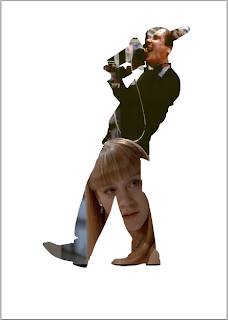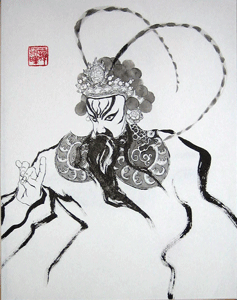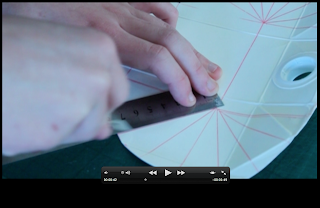I generally start off by evaluating the problems within briefs by identifying the audience and how best to communicate to their needs. I also identify how long the brief is and what I can do realistically. There's no point embarking on a huge project that's going to be rather pricey when the brief is only two weeks. The problems being solved is what drives the the concept.
When investigating the brief I first start off by finding existing imagery that has been created. This gives me an idea of what people have done and also what I find interesting when I see existing work for the same concept. First impressions of other peoples work informs me on what works and what doesn't.
If what I propose to do doesn't actually exist, which is extremely rare if I find similar ideas and existing work.
I do a lot of blogging and re blogging specifically to surround myself in visual imagery so that I can find inspiration. Again primary and secondary research. Using surveys to collect primary data which I then sort. Sometimes this method of collection works sometimes it doesn't. I think as the year has progressed people have become more reluctant to fill out surveys.
This was primary research which involved me printing off different halftone frequency's and silk screen printing them to see what was possible. I was looking for a print that was as photo-realistic as possible. I have put a lot of effort in the 'What is a line?' brief and hopefully the end results will reflect this.
Stamps
I started off by illustrating endangered animals. I used ink and water to create different shades and tones. By scaling down my original scanned in images I found that the drawings gave them a higher level of detail. I rendered them off the white stock I used which made them feel a lot cleaner to look at.
I tried to mimic a Chinese/ Japanese ink painting style. I found inspirations in the ink paintings and wanted to try something different. As I have highlighted throughout the year I want to continue to try different media, stock and techniques to become a contemporary designer who can produce any 'style' of work. This means that I have to find new inspiration all of the time.
I started off by brain storming and categorising which generally informs me of the approach I am going to take. Then I started gathering primary and secondary research from different blogs and web sources.
I just decided that it was endangered animals I wanted to focus on because I felt the brief offered a predictable response which would be to run with saving water, energy efficient light bulbs, solar panels and other obvious solutions. I came to this decision I think because we focused on recycling on the last brief which was communication is a virus, how does it spread - recycling, Juice Purse. This was a wrong way to go with when I think about it now and I think I could of answered the brief better.


























































